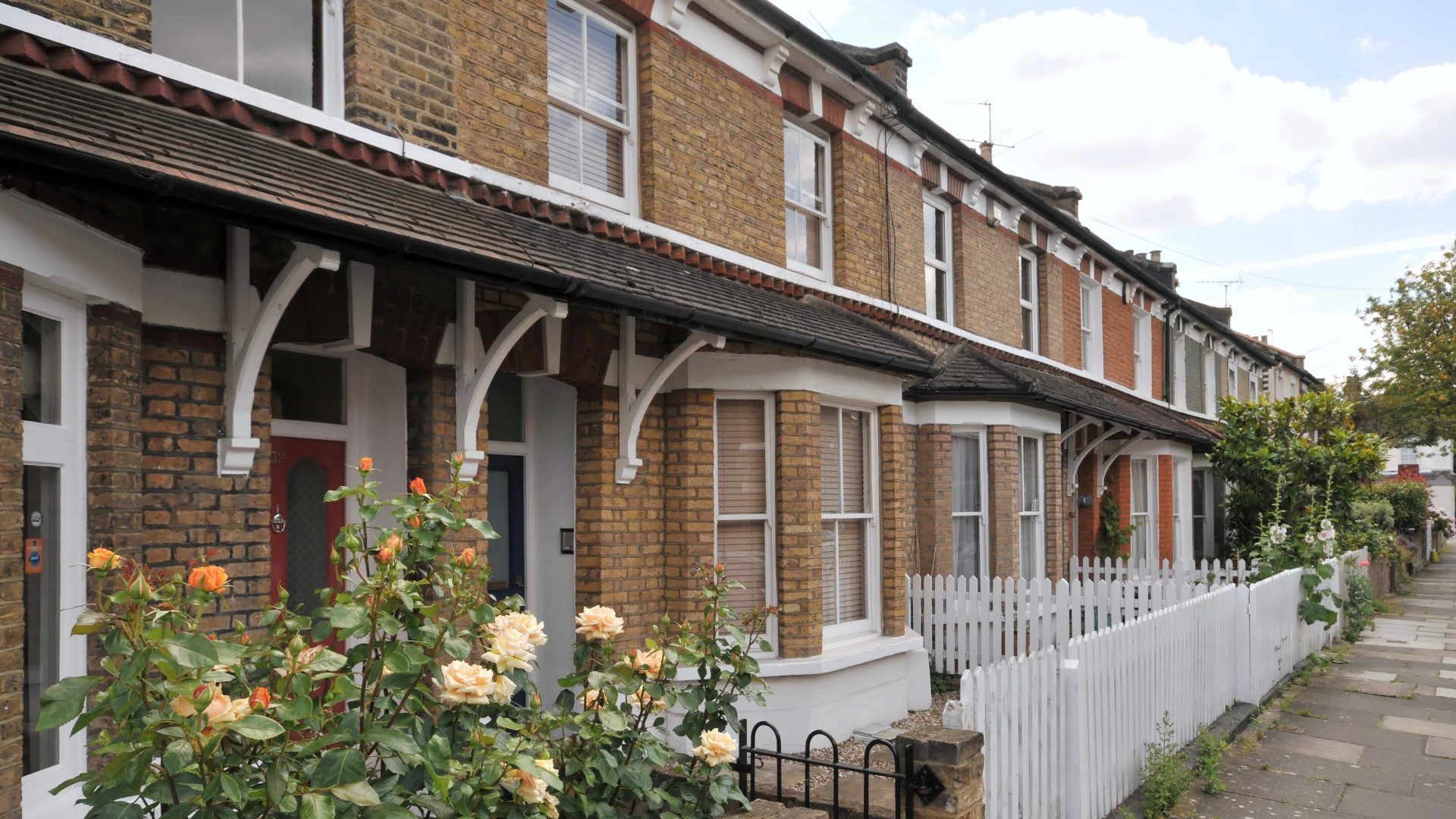Optimism as activity grows in UK housing market
Feb 17, 2020

Renewed optimism from buyers and sellers saw a continued pick-up in sales activity across the UK, according to the January 2020 RICS UK Residential Market Survey, with both the number of agreed sales and new homes being listed for sale improving over the month.
At the national level, the number of homes being listed for sale increased in January, as a net balance +19% of respondents reported a rise, up from +11% in December. In addition to the increase in homes being put up for sale, January saw an increase in the number of people looking to buy as new buyer enquiries rose to a net balance of +23% from +19% in December. As well as this, agreed sales rose for a second month in a row (a net balance of +21%).
Appraisals
Looking ahead, respondents to the survey expect this refreshed optimism to continue with sales anticipated to rise across all UK regions, both in the near term and for the year to come.
This up-turn is reflected in market appraisals undertaken over the month, which was higher than a year ago, marking the first positive reading for this series since it was introduced in 2017 (a net balance of +20% of respondents nationally reported an increase).
Despite the improvement it follows a sustained period of falling supply, meaning average stock levels remain very low at an average of 43 properties per branch.
As sales activity improves, house price pressures appear to be building. The national price net balance moved up to +17% in January, which is the first time that the net balance has been positive since July 2018.
London and the South East
Underpinning house price rises at the national level is the growth in London and the South East, where the net balances moved into positive territory for the first time in a few years. Going forward, respondents to the survey expect prices to rise both in the coming three months and over the year ahead.
In the lettings market, demand for rental properties rose in the three months to January (seasonally adjusted quarterly series), with a net balance of +24% of respondents citing an increase. At the same time, landlord instructions fell for the fifteenth successive quarter, (a net balance of -13%). Given this sustained mismatch between rising demand and falling supply, rents are expected to rise in the next three months, with respondents anticipating rents to rise by a little over 2% in the year ahead.

